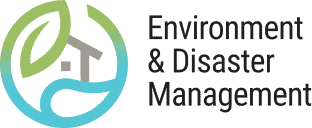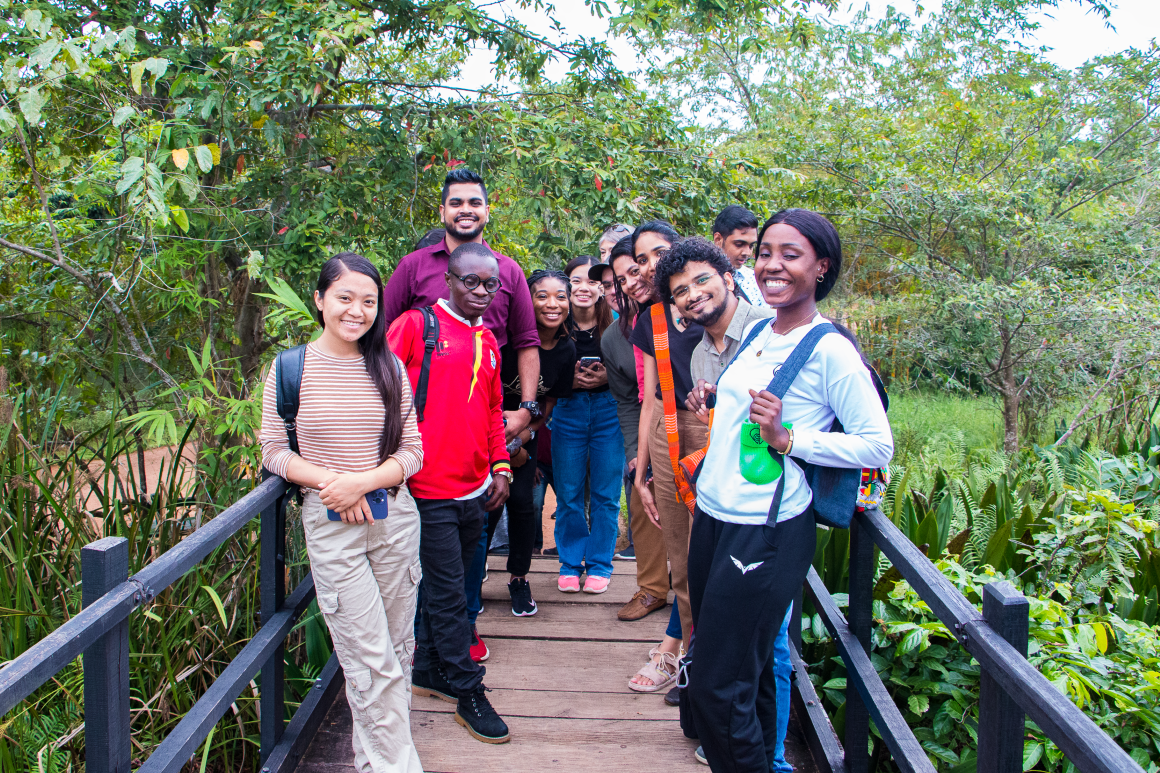Published on:
8 September 2017
Share this:
OVERVIEW
Flood Green Approaches in Practice (Flood GAP) is an effort led by the WWF Environment and Disaster Management Program to crowdsource information on how and where natural and nature-based water management methods are being used around the world.
We recognize that nature-based approaches may have multiple functions. We are particularly interested in emerging better practices for flood management. Natural and nature-based approaches are still relatively novel, thus we seek to support learning in the art and science of their use. Flood GAP aims to raise awareness around natural and nature-based flood management projects taking place and support a dialogue to scale emerging better practices.
PARTICIPATE
We would like to document natural and nature-based flood management methods around the world to share learning and raise awareness about the versatility, flexibility, and co-benefits offered by these approaches. The more information about the project you can provide the better. Capturing maintenance, operations, and contributions of projects to water management is particularly important information to report.
To participate and share your experience submit a photo and tell us where the project is located, and add a short description (please keep it under 200 words).
Your short description can be based on:
![[cml_media_alt id='1394']noun_338520_cc_300px[/cml_media_alt]](https://envirodm.org/cms//wp-content/uploads/2016/11/noun_338520_cc_300px-300x256.png) PERSONAL OBSERVATION
PERSONAL OBSERVATION
Submit a report on your own observations of a natural or nature-based flood management project. Why did you choose to document this example? What appears to be working well or needs improvement? Is wildlife drawn to the project site or is the project providing additional benefits?
![[cml_media_alt id='1396']noun_691679_cc_300px[/cml_media_alt]](https://envirodm.org/cms//wp-content/uploads/2016/11/noun_691679_cc_300px-300x256.png) INTERVIEW
INTERVIEW
Submit information gathered during an interview with a project manager, community member, or green infrastructure specialist. What was important about this project and how is it connected to other flood management projects in the area? What are maintenance and operations like?
![[cml_media_alt id='1395']noun_623325_cc_300px[/cml_media_alt]](https://envirodm.org/cms//wp-content/uploads/2016/11/noun_623325_cc_300px-300x256.png) STORY
STORY
Write and contribute a short story to convey general information in narrative form from either a personal observation or an interview you conducted.
NEED HELP GETTING STARTED?
Here are a few ideas to include in your project description:
- Project Scale (e.g., watershed, community, household)
- Project developer or operator
- Type of Method (e.g., constructed wetland, reforestation, green roof)
- Uses and benefits (e.g., recreation, water filtration)
- Challenges (e.g., costs, designs)
“Map” icon by Andrey Vasiliev, “Camera” icon by Chanut is Industries, “Communication” icon by Makarenko Andrey, “Book” icon by Curve from the Noun Project.

![[cml_media_alt id='1399']map-2_GI-web[/cml_media_alt]](https://envirodm.org/cms//wp-content/uploads/2016/11/map-2_GI-web-300x150.png)
![[cml_media_alt id='1400']map-2_GI-webV2[/cml_media_alt]](https://envirodm.org/cms//wp-content/uploads/2016/11/map-2_GI-webV2-300x150.png)


